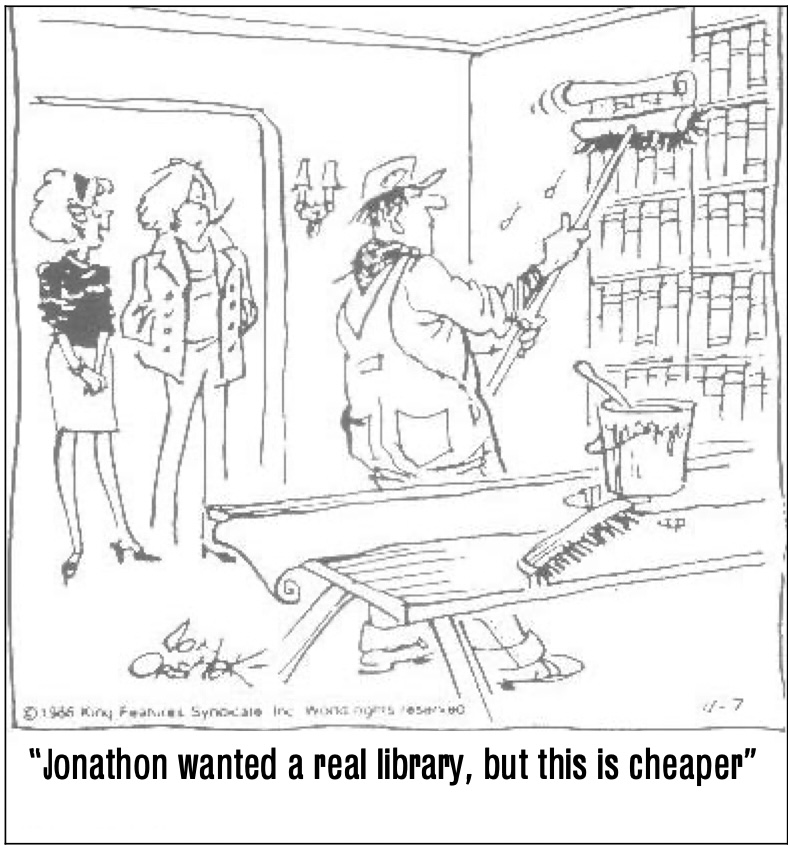
By 1989, state finances were getting tight across the entire country. But none was in a worse condition than Tasmania which had always been a mendicant state, even in the best of times.
I had been invited to speak to the Tasmanian Municipal Government in May on the subject of priority setting on which I had spoken to the Infrastructure Forum the previous year. But that earlier paper was aimed at giving a message to the AFCC, my arch nemesis at the time for their interest – and more especially, their ability – to be funded for infrastructure without any obvious concern for community benefit. I could see that local government required a different story.
In Hobart that morning, the session had been completely concerned with road funding, which they decided could be solved only if the Commonwealth Government would give them more money. I said that while we could fix some problems with more money, we didn’t have enough to fix all problems that way. In those days, I was younger and braver and I told them that they needed to reckon with the fact that there was no more money money coming, that indeed, whatever money the Commonwealth had to give would be reached by those ‘with longer arms than theirs’. Their experience meant they did not doubt me. But, I said, there was an answer: they could spend what they had more wisely. I then explained what they could achieve with asset management.
Happily the paper was well received. I was even asked to give the same paper to the engineers’ conference the following day. And then, about a month or so later, I had an invitation from the Minister of Construction, Resources and Energy, who had been sent a copy of my paper. He could see the value of AM and asked me if I would ‘come down to Tasmania and help him run the show’ . Chapter 12 “Moving on – my story” tells of this incredible opportunity and part 4 of our continuing story will look at how it worked in Tasmania.

Recent Comments